Swedish furniture giant IKEA has launched an initiative where new mattresses are created from a collection of disposed mattresses, prolonging the life of already made products by increasing the use of post-consumer recycled polyols in foam.
With this initiative, IKEA aims to reduce foam ending up in landfill, decrease pollution, and drive the industry agenda to develop foam solutions centred around recycled materials. The target for 2025 is a minimum of 20% recycled and/or renewable content in the polyols used in foam production for IKEA mattresses.
Caroline McGarvey, Material & Innovation Area Manager for textile and comfort materials at IKEA of Sweden, said: “At IKEA we continue the work to make our offer more sustainable and affordable. We are phasing out less sustainable products and materials and are introducing new options. Foam (polyurethane foam) is conventionally made from virgin fossil-based content.
“Polyols, which is one of the main ingredients in foam, can be partially replaced by natural oil polyols from renewable sources such as soy, castor oil, rapeseed etc. Today there are several products in the IKEA range that has renewable polyol content in the foam.”
IKEA said it is on a journey to transform into a circular business and aims to use only recycled or renewable materials by 2030. Therefore, finding replacement for materials made from virgin fossil fuels is a key step that needs to be taken, including foam.
“Since 2015 IKEA has been developing and implementing renewable content in our foam. We are challenging the industry and working closely with our partners to find solutions that can increase the renewable content share in our foam products. In addition, we are now taking lead, together with our partners, in developing post-consumer recycled foam and a circular business model with the ambition to only use renewable or recycled materials by 2030. The target for 2025 is a minimum of 20% recycled or renewable polyols in our foam mattresses.” says Caroline.
IKEA has already today, through collaboration with partners, produced some mattresses with content from pre-consumer recycled polyols in the foam, mixed with virgin fossil-based material.
This has been achieved by taking foam waste from the production and chemically recycle it into polyol to produce new foam. The next step is to explore if the same recycling process and content mix can be used for post-consumer foam as well, while meeting the same product requirements as of virgin fossil-based foam.
Caroline added: “This opens up the possibility for a circular business model where IKEA takes back, for example, old mattresses and furniture and separate the foam materials at a disassembly unit. The foam is used to make recycled polyols for new foam and mattress production. At IKEA we are piloting the process which could be part of the circular business model for foam, where we have capacities of disposed mattress foam from our dismantler partner and where our mattress producer is setting up a re-polyol unit close by.
“One of the biggest hurdles to overcome for the mattress recycling industry is tracing the legacy chemicals in the old mattresses used in the recycling process. That is why one of our main objectives in the initiative is finding solutions for scanning the chemical content, identifying, and separating post-consumer foam with unwanted traces of chemicals that is not suitable for using in production.
“There are still some challenges to overcome, and we are humble to the fact that it takes time for an industry to develop. What we can do already now to reduce our dependency on virgin fossil-based materials is to design our products to use less foam.
“Post-consumer mattresses have for decades been seen as low value waste where most of the old mattresses end up in landfill. We want to change the perception of foam and tackle the problem of old mattresses polluting the environment. Through collaborations with our suppliers and partners, we have managed to find a good, more sustainable solution.
“We are still in the developing phase, but it will not be long before the first mattress with post-consumer recycled foam filling meet customers in IKEA store. We still have some way to go to make foam 100% renewable or recycled, but we have started our journey. We are determined to make it happen as we believe good comfort should be affordable and sustainable.”



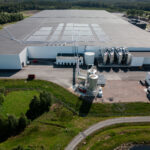
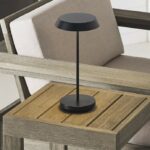





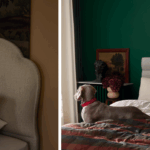

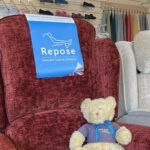


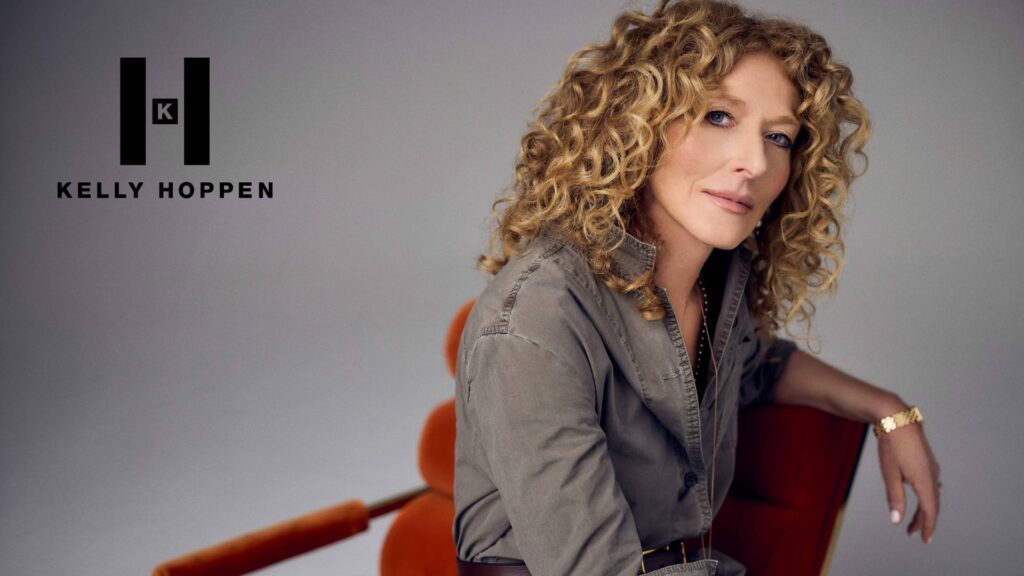
2 thoughts on “IKEA moves towards 100% circular mattresses with new initiative”
Will they be selling circular beds to put then on?
No, Tim.